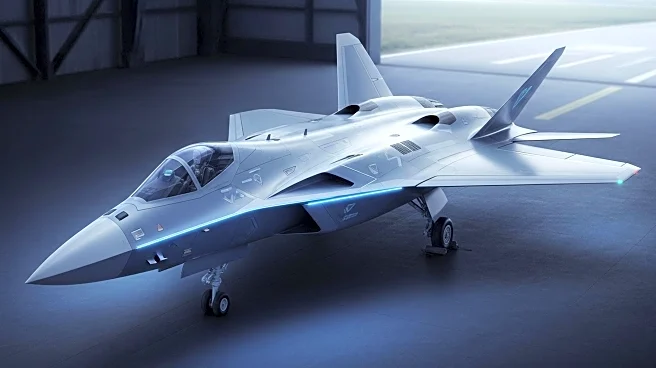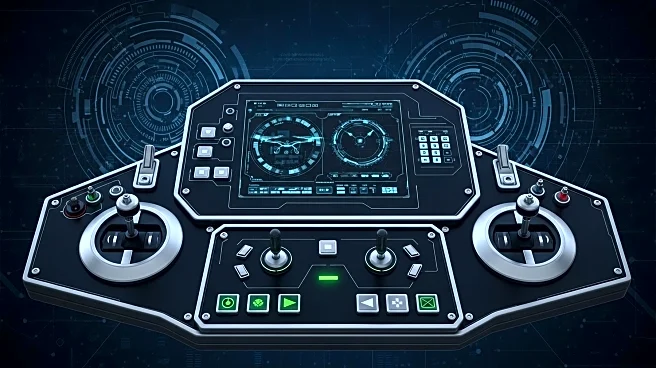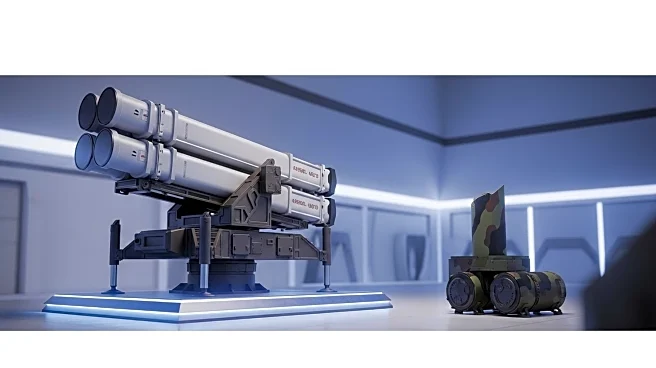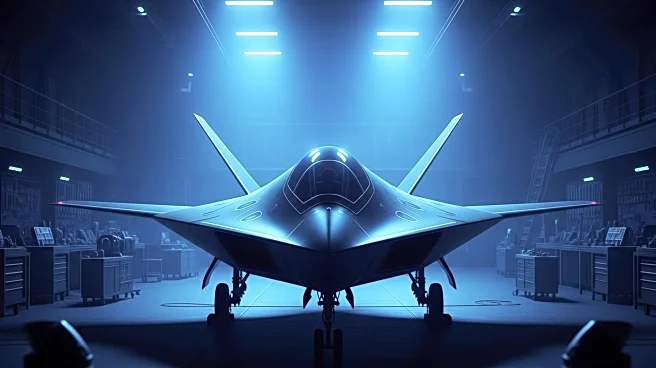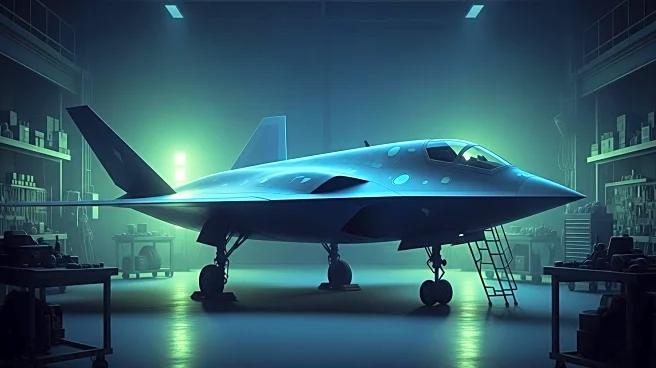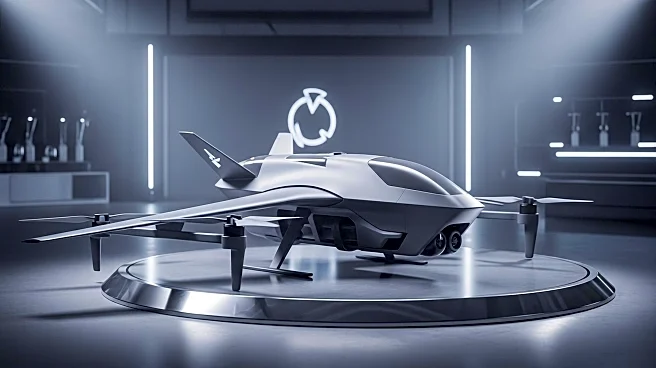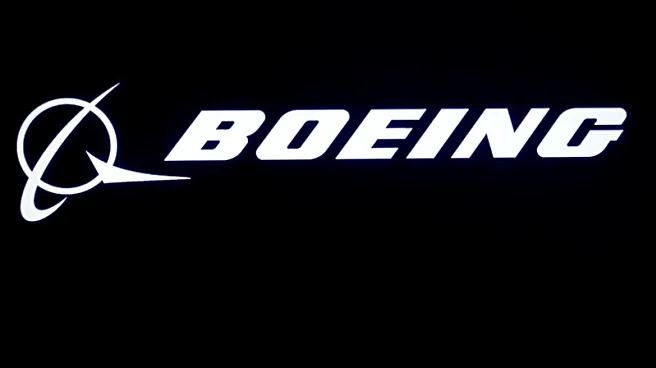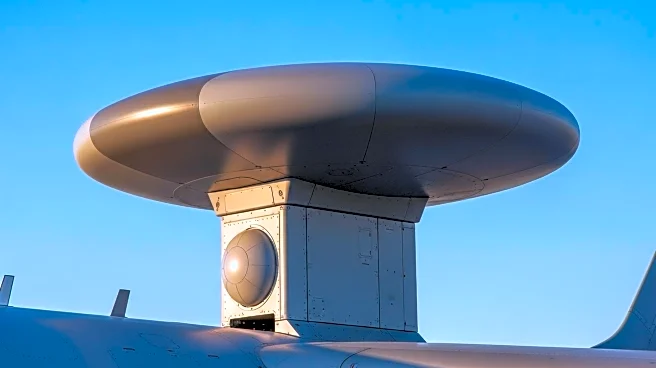What is the story about?
What's Happening?
Lockheed Martin's Skunk Works has introduced a new stealthy, survivable Collaborative Combat Aircraft (CCA) design named Vectis, aimed at both U.S. and international markets. The Vectis is an uncrewed combat aircraft expected to fly within two years, designed to perform air-to-air, air-to-surface, and surveillance missions alongside crewed aircraft. O.J. Sanchez, vice president and general manager of Skunk Works, highlighted that the Vectis design incorporates elements from the company's sixth-generation fighter prototype and other classified systems. The aircraft is intended to offer high survivability at a competitive price point, aligning with the U.S. Air Force's requirements for the next phase of its CCA program. The Vectis is larger than the Common Multi-Mission Truck but smaller than the F-16, and it is designed to be flexible for various missions, potentially applicable to the U.S. Navy and international partners.
Why It's Important?
The introduction of the Vectis aircraft represents a significant advancement in military aviation technology, potentially enhancing the capabilities of the U.S. Air Force and its allies. By offering a highly survivable and flexible platform, Skunk Works aims to meet evolving defense needs, providing a reusable design that could outperform existing attritable models. This development could influence defense procurement strategies, with the Vectis positioned as a strong candidate for the Air Force's CCA program. The aircraft's adaptability for different missions and its alignment with government-reference architecture may attract interest from various military branches and international partners, impacting global defense collaborations and technological standards.
What's Next?
As Skunk Works proceeds with the Vectis program, the U.S. Air Force will continue to refine its CCA requirements, potentially leading to further collaborations or adjustments in design specifications. The aircraft's introduction coincides with the Air and Space Force's convention, suggesting upcoming discussions or evaluations by military stakeholders. The Vectis may face competition from similar designs like Boeing's MQ-28 Ghost Bat, prompting strategic decisions in defense procurement. Future developments could include testing phases, international interest, and potential integration into broader defense systems, shaping the trajectory of uncrewed combat aircraft technology.
Beyond the Headlines
The Vectis program reflects broader trends in military innovation, emphasizing stealth, survivability, and flexibility. This shift towards reusable, highly capable platforms may redefine operational strategies, moving away from attritable models that serve as temporary solutions. Ethical considerations regarding uncrewed combat aircraft, including their role in warfare and decision-making processes, could emerge as the technology advances. Additionally, the program's success may influence defense industry standards, encouraging further investment in cutting-edge technologies and international collaborations.
AI Generated Content
Do you find this article useful?
